Warning: This is a dry and rather technical read on the process of shipping out of the US and not likely of ANY interest to the casual reader ( you have been warned ! ). I include it in the blog series more for the benefit of those among our readership ( I know of a handful, but there are likely more I don’t know of ) who are planning to ship their vehicle abroad. I know I always found it hugely useful to have the benefit of someone else’s recent experience whenever I was shipping in an area I was not familiar with, so just “paying it forward” here.
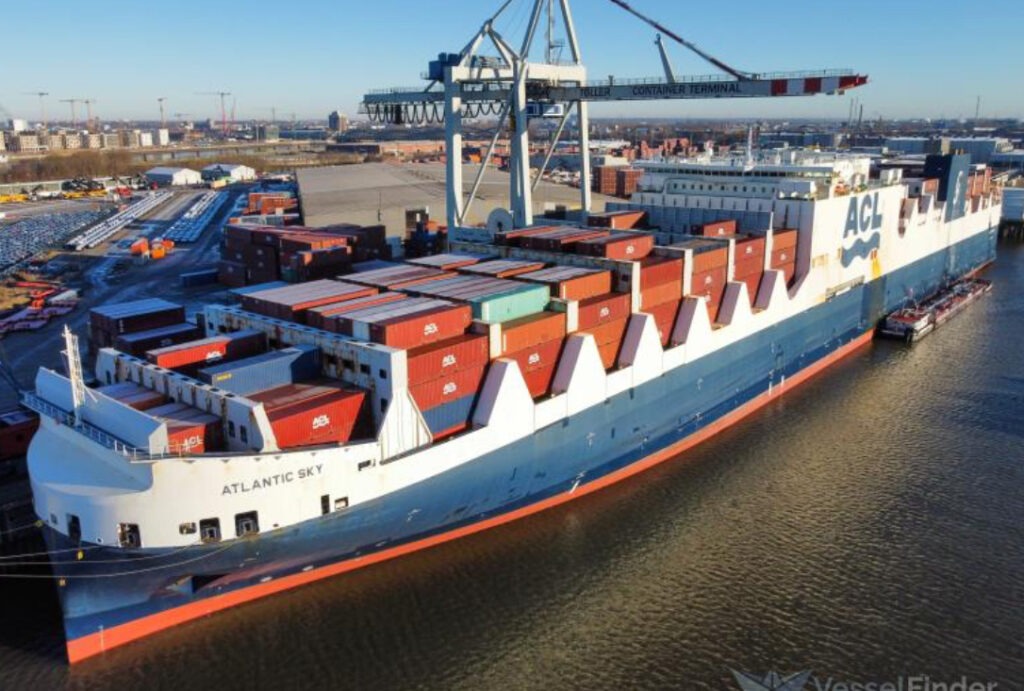
The passage from Baltimore to Hamburg was certainly not our first rodeo, as they say. In fact this would be our 7th international vehicle shipment and our second one shipping out of the US (as well, our second experience with the port of Baltimore specifically) – it’s fair to say, then, that I felt pretty comfortable with what was in store. Little did I know that things would quickly, and dramatically go briefly VERY sideways !
The shipment booking with Sea-Bridge was very easy and I was instructed to visit their preferred freight forwarder near Baltimore port to present my passport and original vehicle ownership documents on the Monday prior to sailing. With that, and payment of $315 USD in port charges, I was to have received a “dock receipt” allowing me to deliver the vehicle to the port ( with an escort – always with an escort ! ). It would then be customs cleared before being loaded on the ship a few days later. Pretty much exactly as I had done before, both in the US and elsewhere. Or so I thought.
Not this time. Not even close ! The passport was fine, but upon presenting my original vehicle registration documents to the freight forwarder I was told ( in no uncertain terms ) that :
A) they were NOT originals, and
B) they were not even “ownership” documents, but rather “insurance” documents, and
C) there was no way customs (at the port ) would accept them.
Seriously ? They were original ( but did include reference to insurance – just the weird way things work in British Columbia ), had always been accepted before ( at 6 previous ports, including 2 in the US ! ) and in any case there were no other, alternate, documents I could provide. She was adamant and was ready to halt the whole process right there. There was no convincing her otherwise. I begged her to just charge me the $315, issue me the dock receipt and leave me to fight it out with US Customs. I was again assured I would be wasting my time, and that US Customs was very strict…..but hey, if I wanted to waste my time and money then they would happily take my money ( but “no refunds” if US Customs rejected my documents, I was warned ).
Stunned by the rejection of my documents I’ll confess to being more than just a tad nervous as I next met up with the port escort and proceeded to the port. I need not have worried- US Customs were ( as they always had been before ) fast, friendly and efficient and stamped my shipping documents “Approved for Export” without any drama at all. To say I breathed a huge sigh of relief would be an understatement – for a couple of stressful hours there I really was worried that our Europe campervan plans would come unstuck before we even left the US !
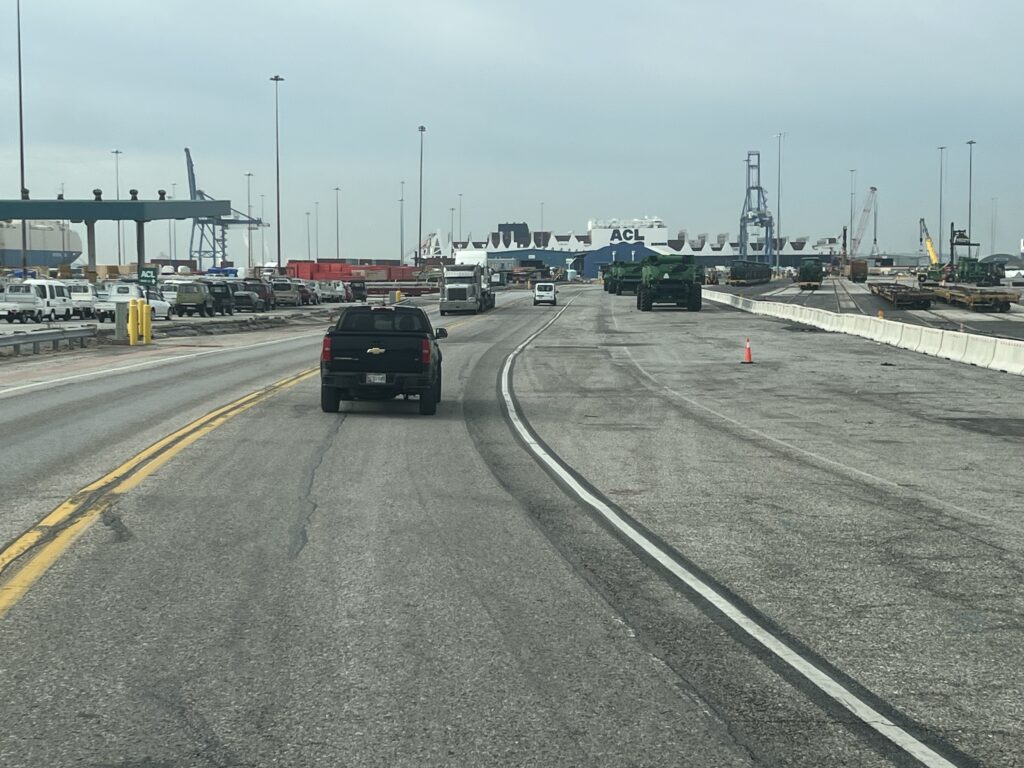
With that behind us, the rest of the day went exactly as planned and exactly as it had at the other US ports. The Ports America staff checked the VIN against my ownership documents, examined the vehicle for damage ( I took pictures at that stage to confirm it was damage-free when handed over to their care ), and applied a destination sticker to the windshield to ensure loading on the correct vessel. I was handed a “gate receipt” proving I had dropped the vehicle and, along with my escort, was now free to leave the port. Almost 4 hours in total but 1.5 of that was due to us just catching their lunch hour. Not the fastest, but in many places it takes even longer. Happy just to have it all done – now just to wait and hope it arrives in Hamburg in the same condition we left it 🤞🤞🤞.
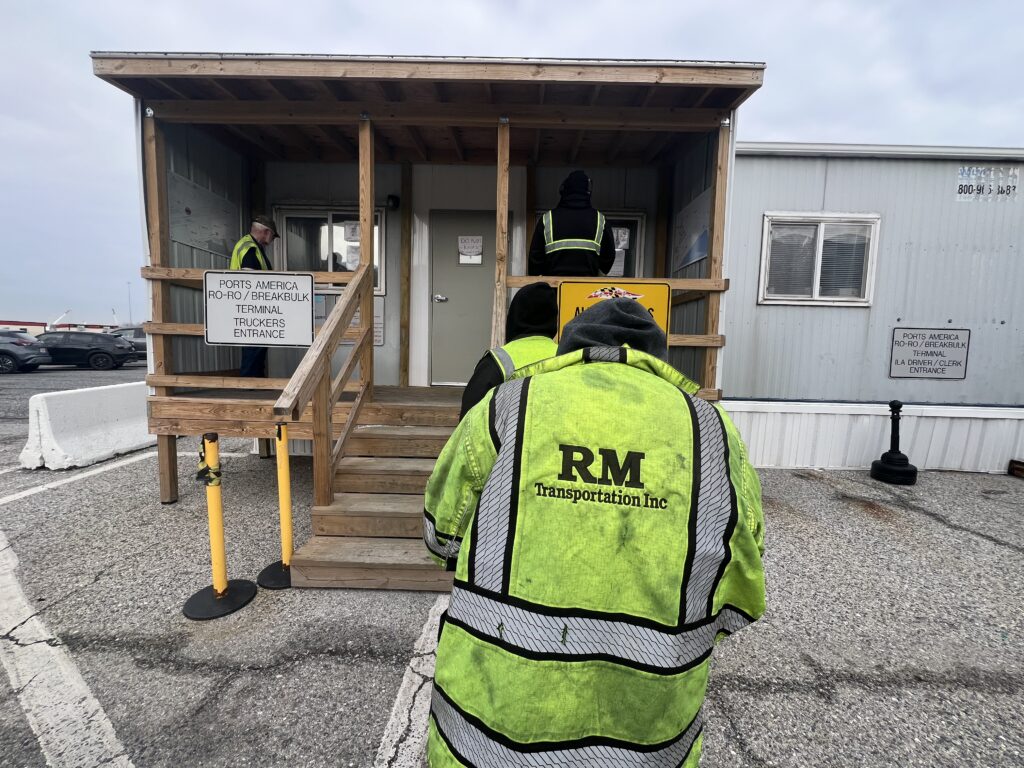
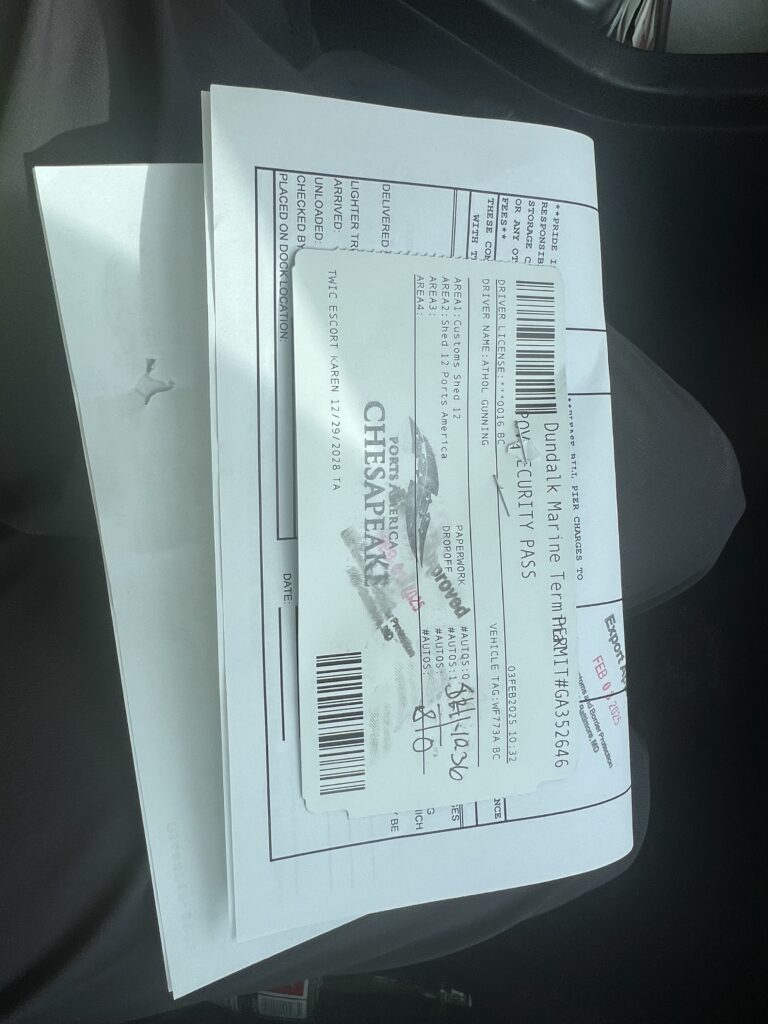
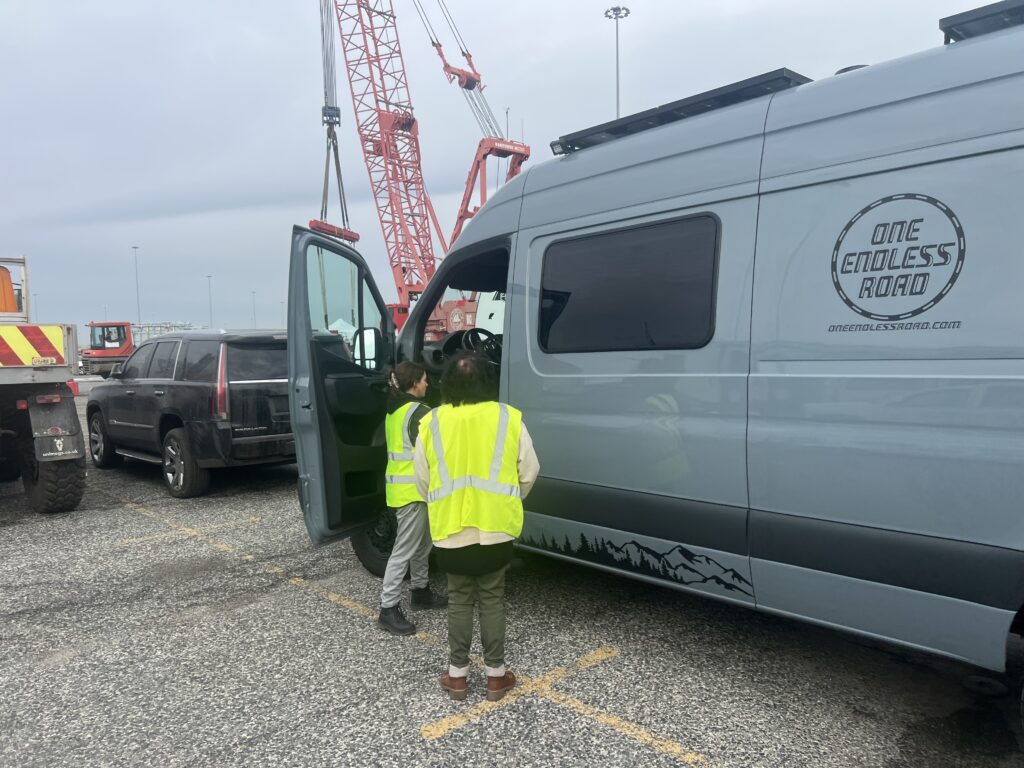
Some other items of note for those reading this who may be using Baltimore to ship out from:
A) my port escort advised that they do conduct random full vehicle inspections, but if one was going to be done on ours it certainly did not occur while I was there. Of course they have access to it for the next 5 days so who knows whether it is done later or not.
B) we moved just about everything from inside the van to the lockable rear “garage” area of the van. That way no one has access until we collect it in Germany. While port security is good, the fact remains that your vehicle sits for days with the doors unlocked – better to secure your inner cargo in our experience.

Costs
———
So far our shipping costs to Europe have been:
Freight: €3,000
Marine Insurance: €300
Port Escort: $150 US
Port Charges: USA $315 US
Port Charges: Hamburg ( est ): €320
Total ( approx. ): $ 4,215 US
Since estimated port charges in Hamburg are included here this should cover everything barring any surprises. Given that we will be a bit late picking the van up in Germany there will be some additional storage charges but those are specific to our timing, and not a normal shipping cost. These costs are based on our van size being almost 43 cubic metres.
With the vehicle all checked in and now parked in the designated area, I checked everything over one last time, locked the rear compartment and took photos from inside and all outside angles just so I had proof that it was undamaged when I left it ( good tip from our shipping agent ! ). Next time we see it should be in Hamburg !
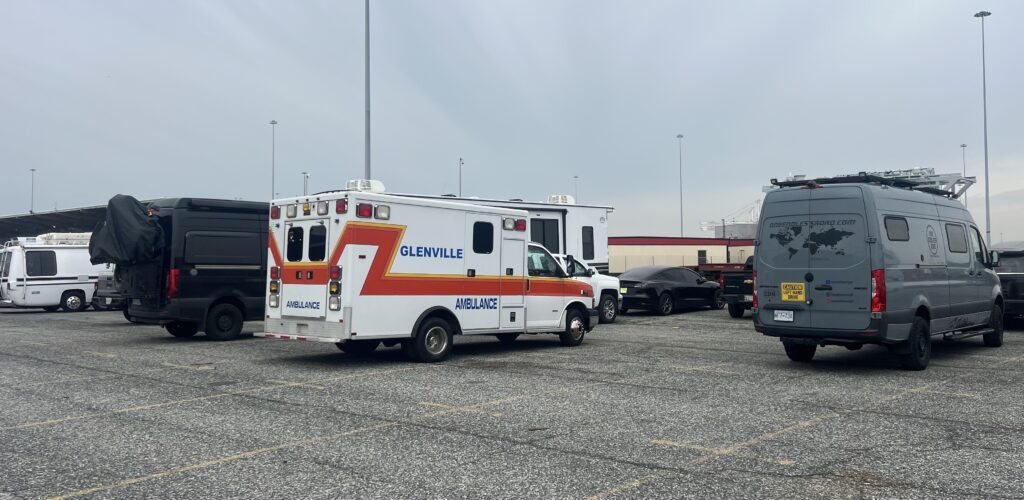
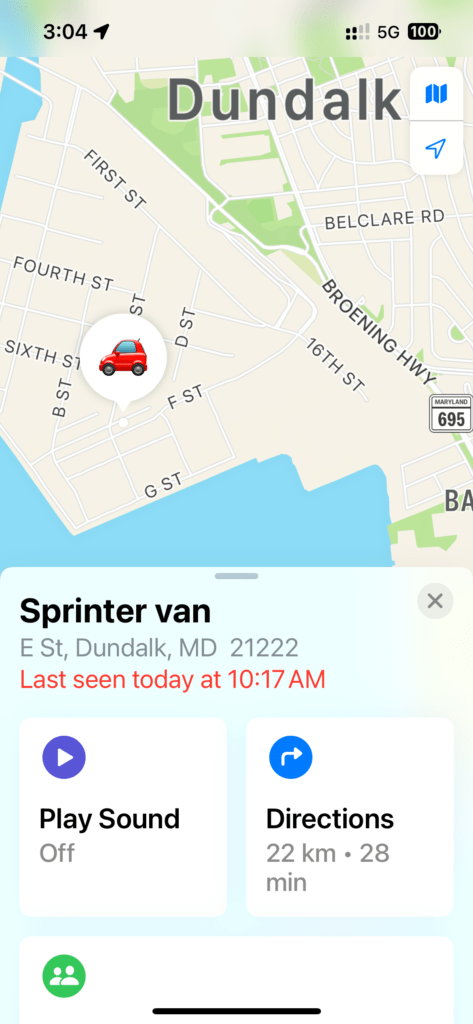
So with that, the Baltimore port process was complete. Once the ship sails my shipper in Germany will send me a Bill of Lading and I will pay the freight charges, port fees and marine insurance. I’ll then track the ship’s progress until it unloads in Hamburg, late in February. I’ll provide a further update on the collection process in Germany when we get there.

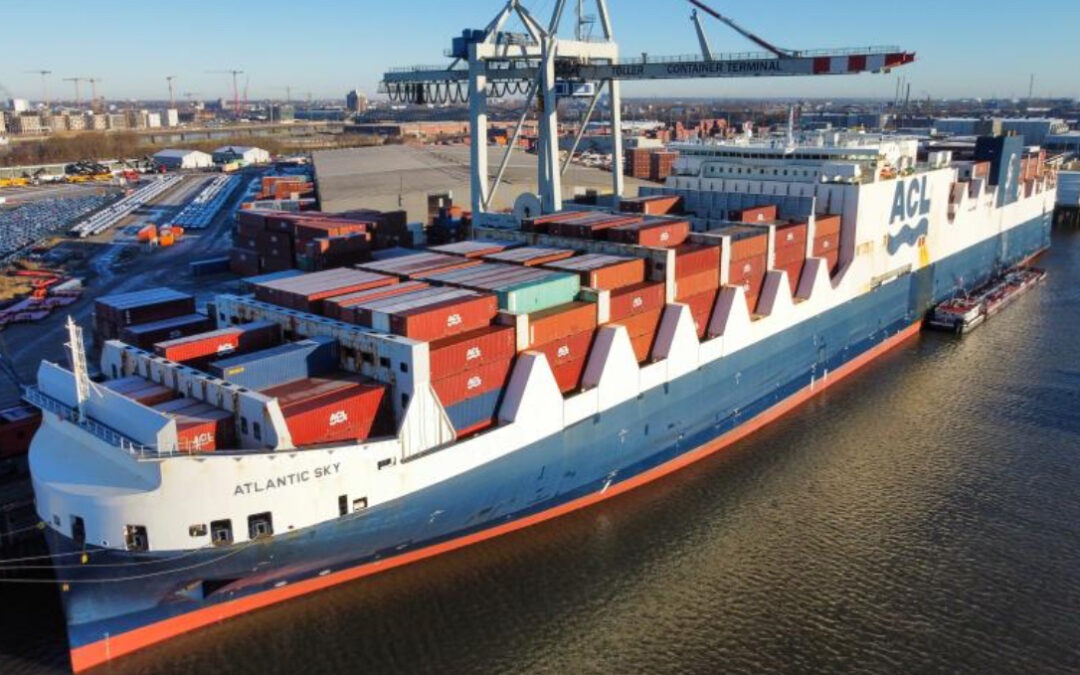

So glad your plans weren’t derailed by an over zealous worker. Must be nervous leaving it again. Hope all goes well.
A frightening moment- never again I hope !